Our Services


CORONNARY ARTERY DISEASE

HEART FAILURE

HYPERTENSION

MYOCARDICAL INFRACTION

PERIPHERAL ARTERY DISEASE

ABDOMINAL AORTIC
ANEURYSM

ANGINA PECTORIS

ARRHYTHMIA

ATHEROSCLEROSIS

CARDIOMYOPATHY
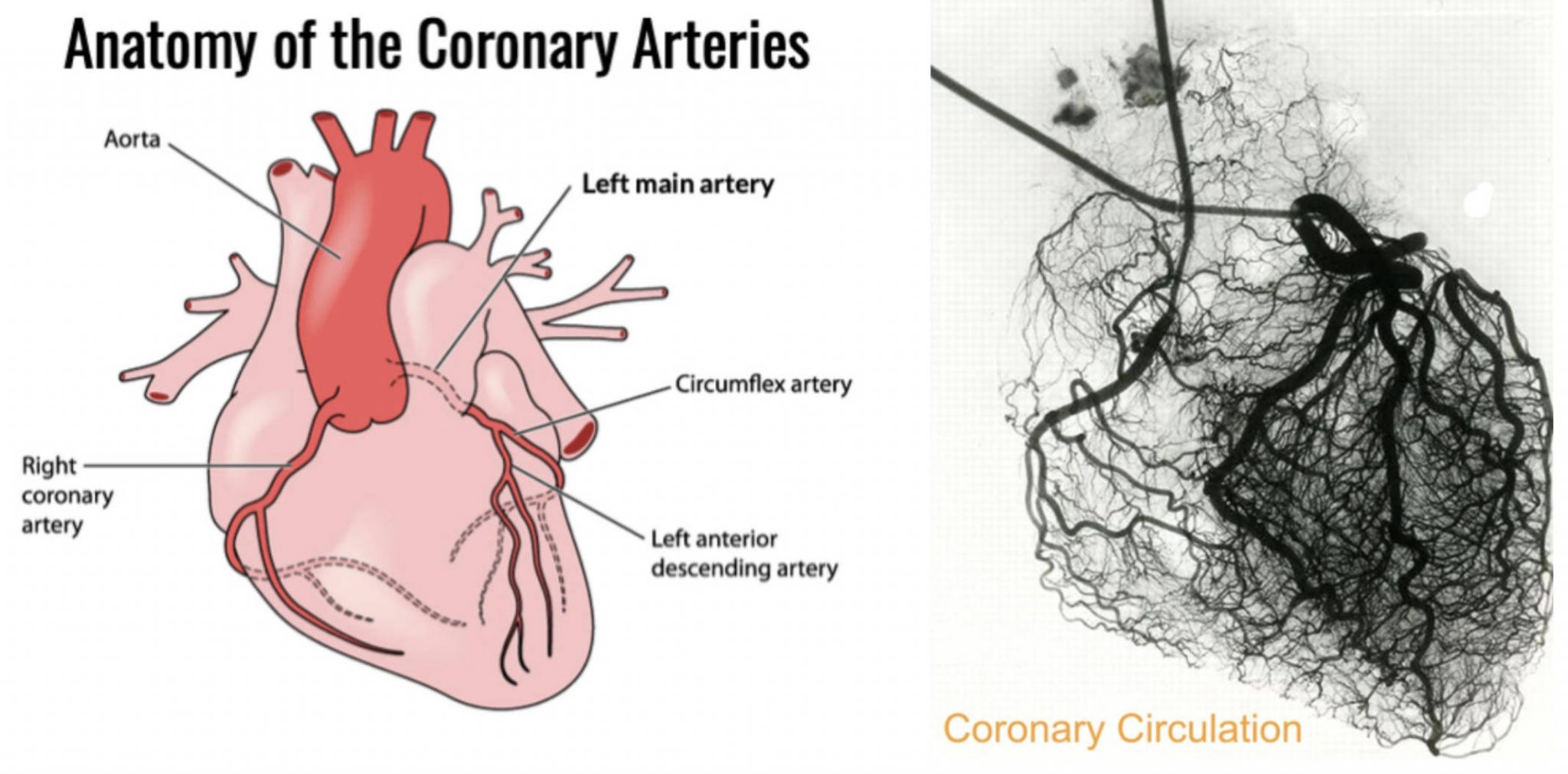
CT angiography of the heart is the best non-runner way to evaluate the heart arteries. Generally, this test is considered if you have symptoms of coronary artery disease but no foregoing history of the same. It is also the best method to analyze the status of the heart is unclear findings are reported from a stress test. This important test is included in the Sindhu Health Plus full body checkup packages. If you have any problems regarding health checkups or tests, contact us by filling the form below.
ANGIOPLASTY
Angioplasty is also known as balloon Angioplasty and Percutaneous Transluminal Angioplasty (PTA). Mainly it’s a minimally invasive Endovascular procedure performed to open blocked Arteries or Veins.
The average is very high in western countries of angioplasty cost, India is well known whole world for its advanced medical facilities and promising technology for Angioplasty Surgery. There are so many of the best hospitals for Angioplasty Surgery can be found in India.
Angioplasty cost in India is much less when compared to any other countries. Also this cost of Angioplasty Surgery in India is actually lower than other developed countries of the world.
Angioplasty is a minimally runner procedure performed to wide the occluded blood vessels or relieve the stenosis or the blockages of the blood vessels for ensuring proper blood flow to the heart.
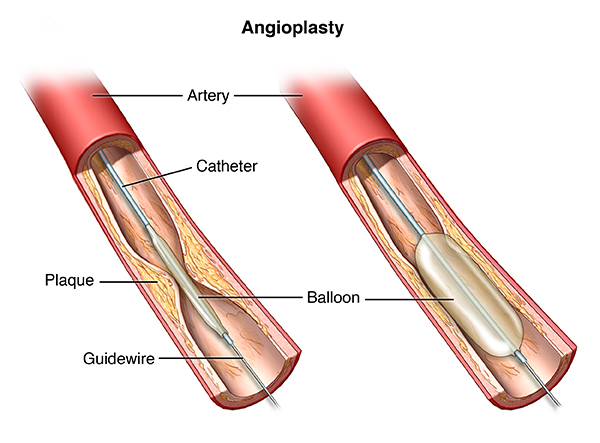
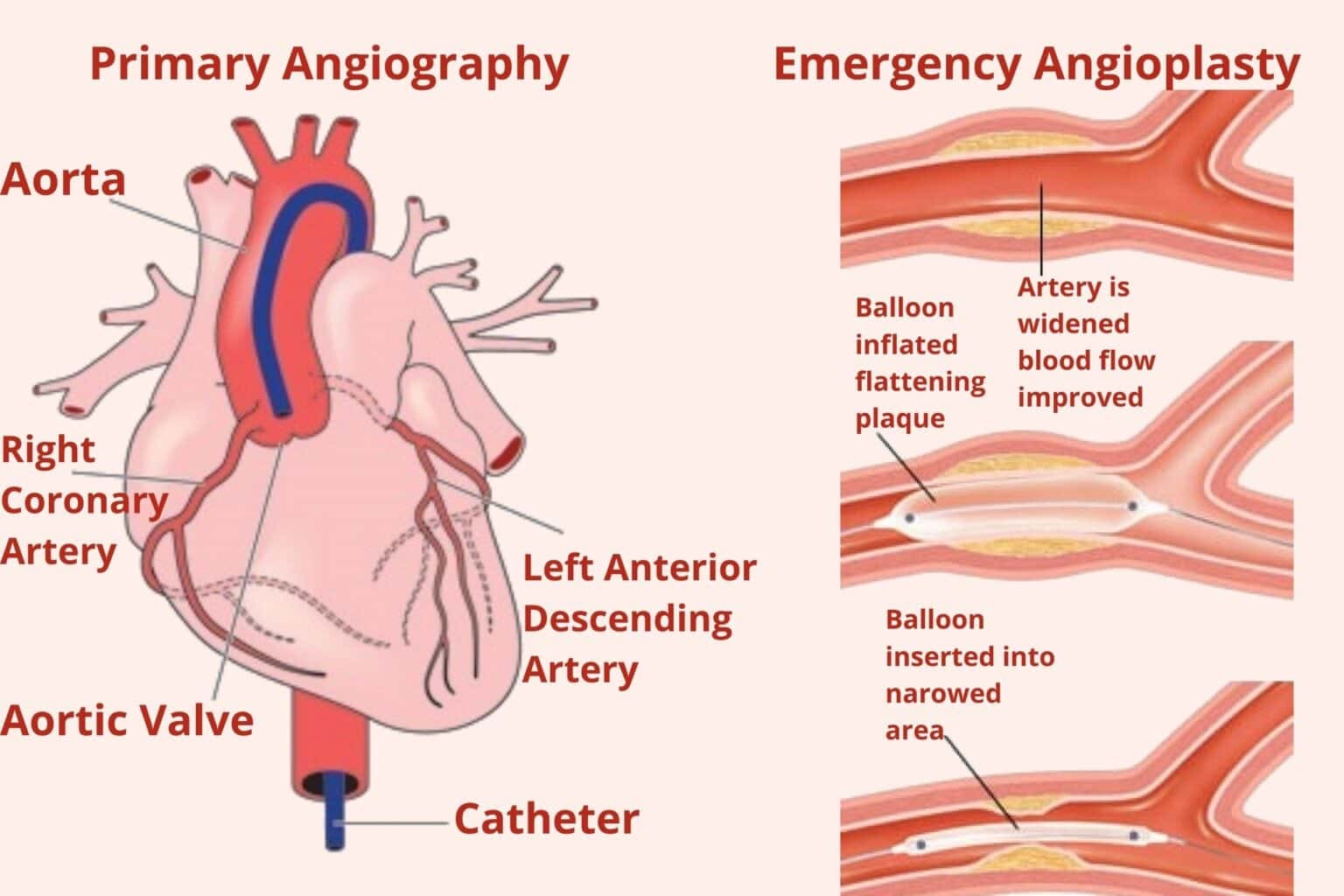
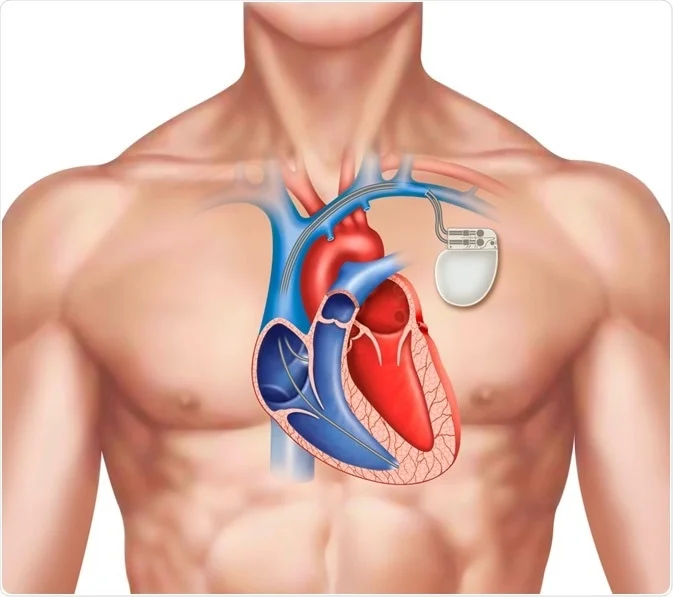
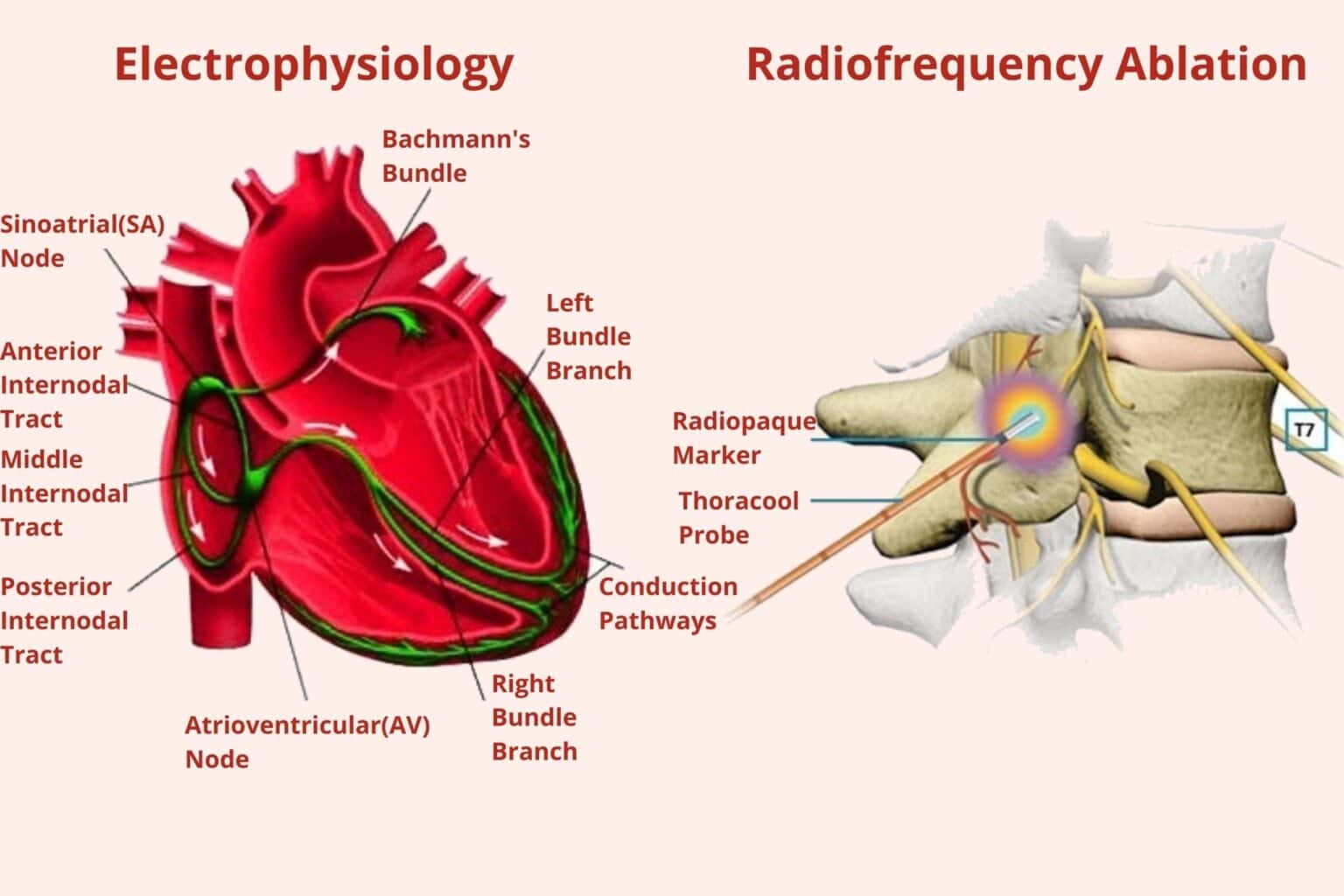
EP & RHYTHM MANAGEMENT
THE HEART The main function of the heart is to pump blood and oxygen around your body to all of your vital organs. It has four chambers, two at the top (the right and left atria) and two at the bottom (the right and left ventricles).
THE ELECTRICAL SYSTEM OF THE HEART The conduction system carries electrical impulses throughout your heart, causing it to beat. The conduction system permits the electrical impulse to reach all parts of your heart at the right time, so that the heartbeat is coordinated and occurs at a normal rate.
Problems with the rhythm of your heart
Arrhythmia /Dysrhythmia
Arrhythmia or dysrhythmia is an irregular heartbeat or rhythm.
There are many kinds. Some of the most common are:

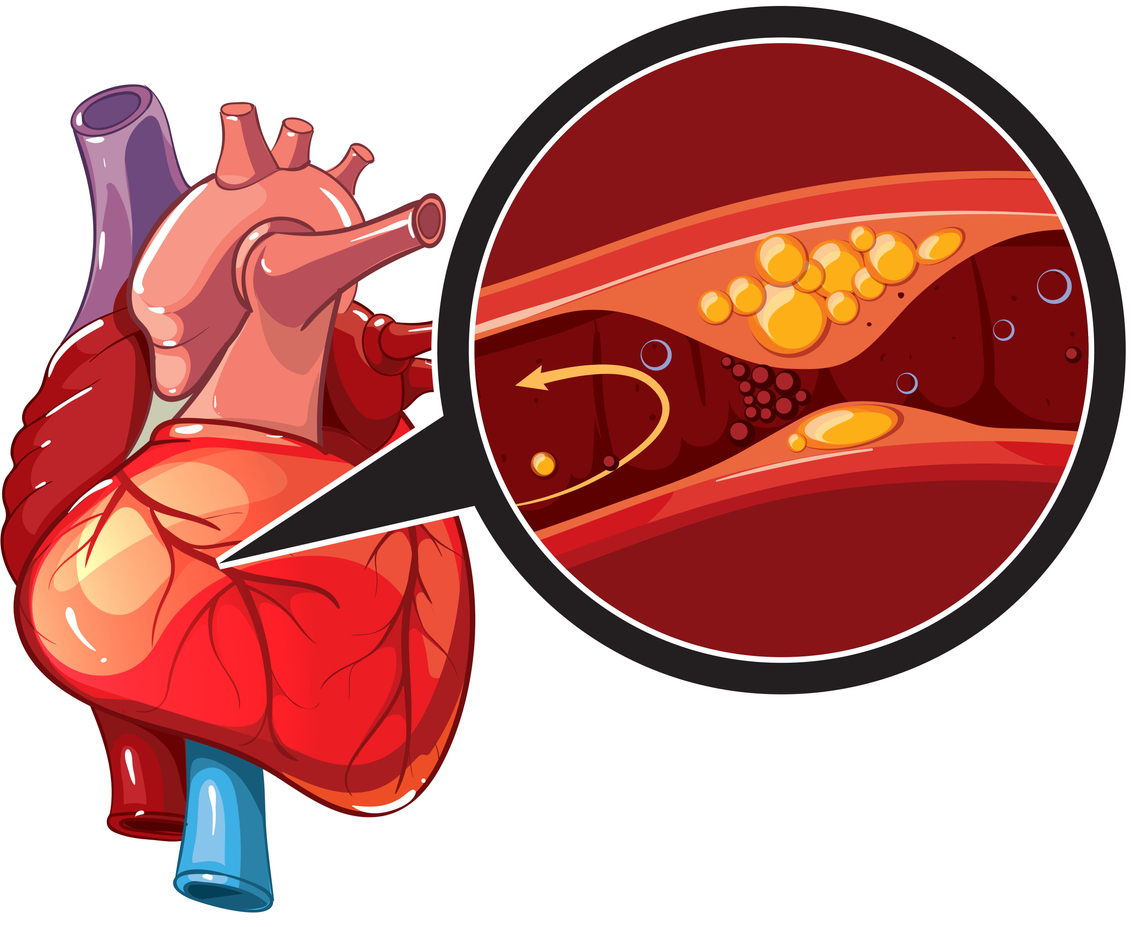
CORONARY
Interventional Cardiology is a subspecialty of cardiology in which catheter-based diagnostic tests and treatment are provided for coronary artery disease, valvular disease, structural heart disease, peripheral vascular disease and various other diseases. Interventional cardiology is a branch of cardiology that deals specifically with the catheter based treatment of structural heart diseases.
A large number of procedures can be performed on the heart by catheterization. This most commonly involves the insertion of a sheath into the femoral artery (but, in practice, any large peripheral artery or vein) and cannulating the heart under X-ray visualization (most commonly fluoroscopy). The radial artery may also be used for cannulation; this approach offers several advantages:
A large number of procedures can be performed on the heart by catheterization. This most commonly involves the insertion of a sheath into the femoral artery (but, in practice, any large peripheral artery or vein) and cannulating the heart under X-ray visualization (most commonly fluoroscopy). The radial artery may also be used for cannulation; this approach offers several advantages:
1. Easy accessibility of the artery in most patients,
2. Easy control of bleeding even in anticoagulated patients,
3. More comfortable to the patient because they are capable of sitting up and walking immediately following the procedure, and
4. The near absence of clinically significant sequelae in patients with a normal Allen test.
The main advantages of using the interventional cardiology or radiology approach are the avoidance of the scars and pain, and long post-operative recovery. Additionally, interventional cardiology procedure of primary angioplasty is now the gold standard of care for an acute myocardial infarction
ACUTE CORONARY SYNDROME
WHAT ARE ACUTE CORONARY SYNDROMES?
Acute coronary syndrome (ACS) is a term used to denote any condition that occurs as a result of reduced blood supply to the heart muscle. The disorders range from a threatened heart attack, also known as unstable angina, to an actual heart attack, called myocardial infarction.
ACS IS ALSO KNOWN AS
- Heart Attack
- Unstable Angina
- Myocardial Infrction

Paediatric
Pediatric heart disease is a term used to describe several different heart conditions in children. The most common type of pediatric heart disease is congenital, meaning that children are born with it.
The different types of pediatric heart disease include:
- Aortic Stenosis (AS)
- Atrial Septal Defect (ASD)
- Atrioventricular Septal Defect (AVSD)
- Coarctation of the Aorta
- Vascular Rings
- Ebstein’s Anomaly
- Hypoplastic Left Heart Syndrome (HLHS)
- Interrupted Aortic Arch (IAA)
- Patent DuctusArteriosus (PDA)
- Ventricular Septal Defect (VSD)
- Pulmonary Stenosis (PS)
- Pulmonary Atresia (PA)
- Single Ventricle (Functionally Univentricular Heart)
- Tetralogy of Fallot (TOF
- Total Anomalous Pulmonary Venous Return (TAPVR)
- Transposition of the Great Arteries (TGA)
- Tricuspid Atresia
- TruncusArteriosus


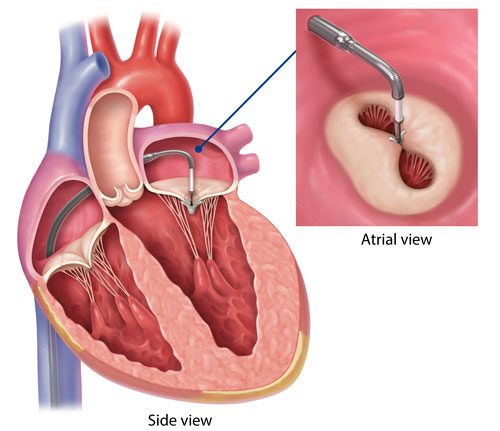

A Wide Range of Services for the Whole Family
Call now
+91- 9891596102
We’re Here Whenever You Need Us
info@drpcshahi.com
Phone
+91- 9891596102
Open Hours
Mon – Wed: 10AM – 07PM
Thu – Sat: 08AM – 06PM
Address
Sree Ram Tower, Kasaya Road, Betiahata, Gorakhpur, Uttar Pradesh 273001
